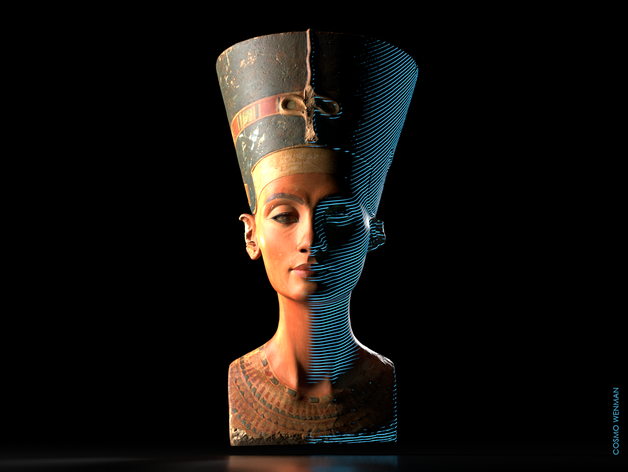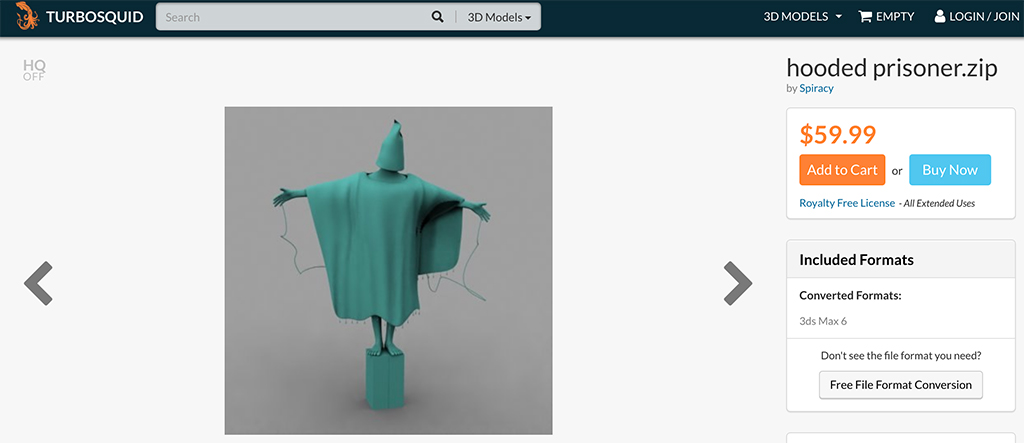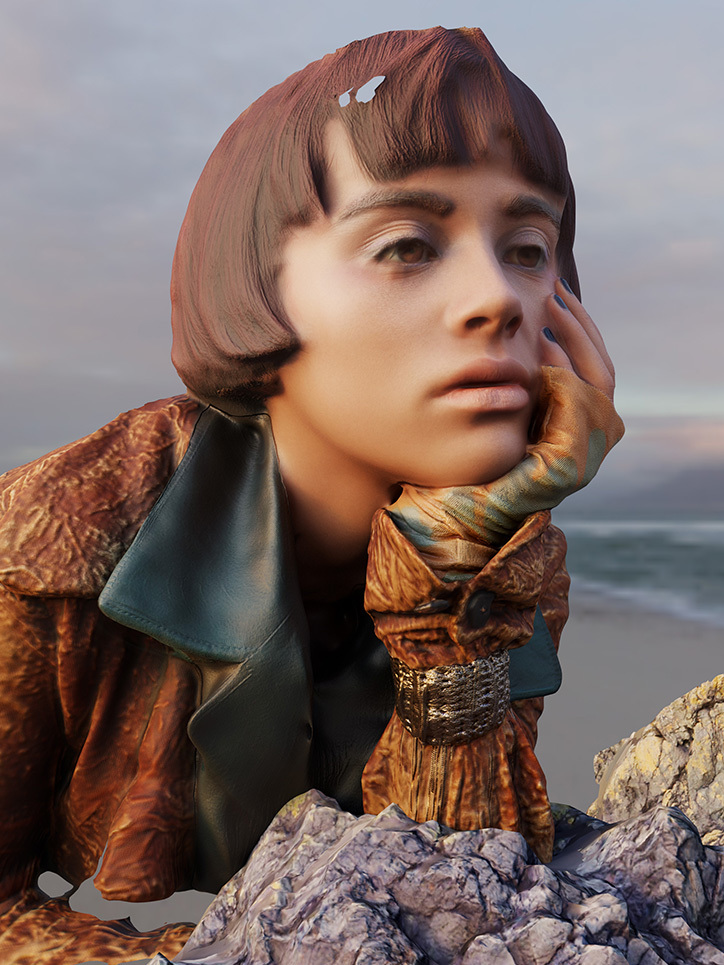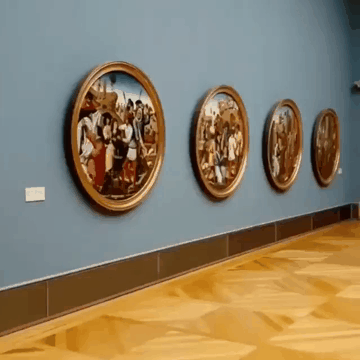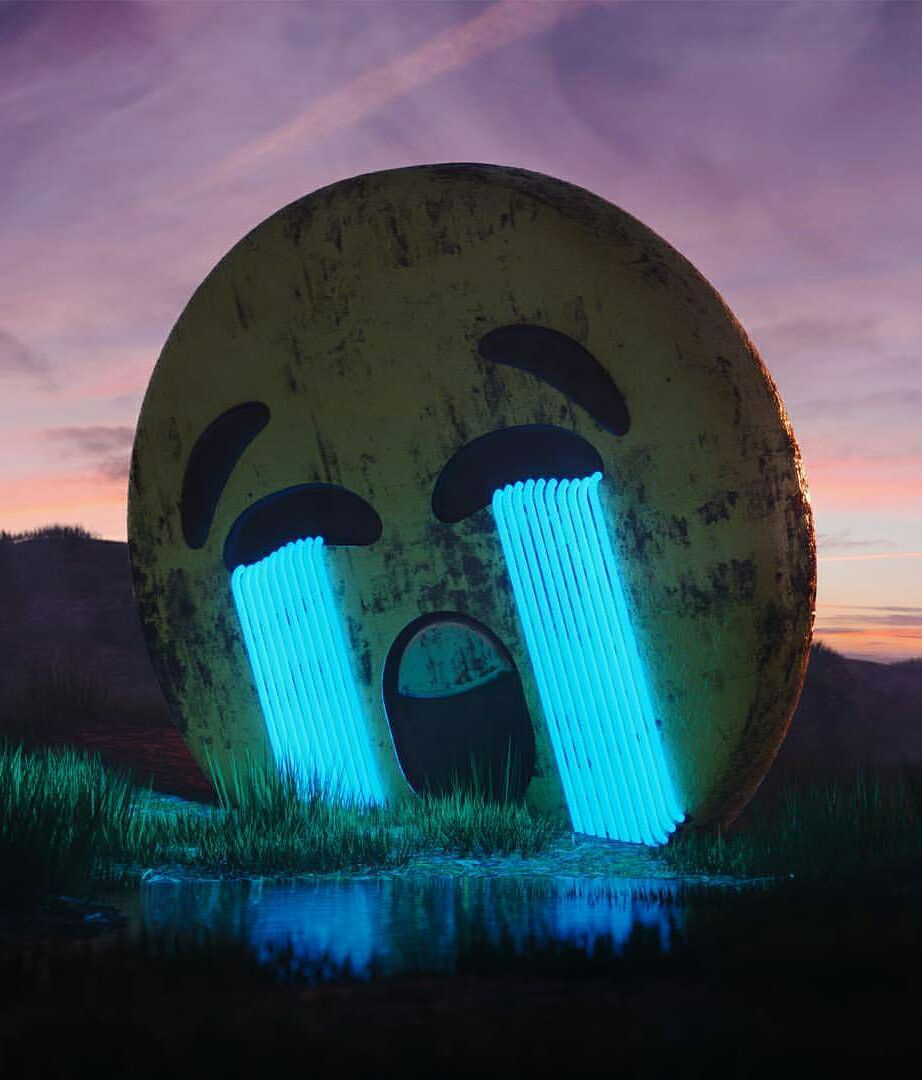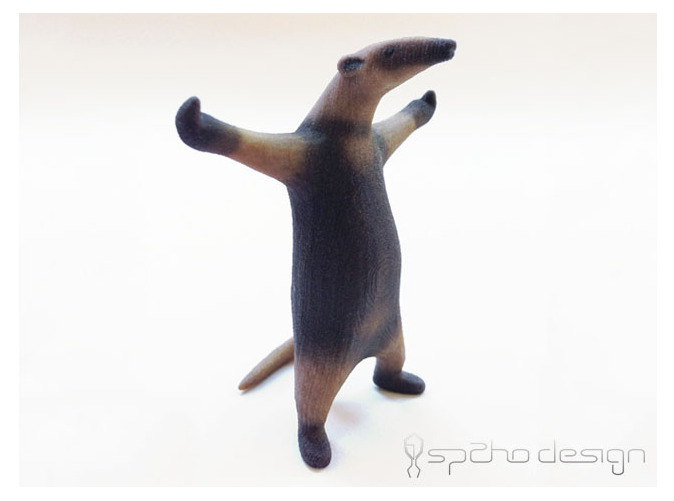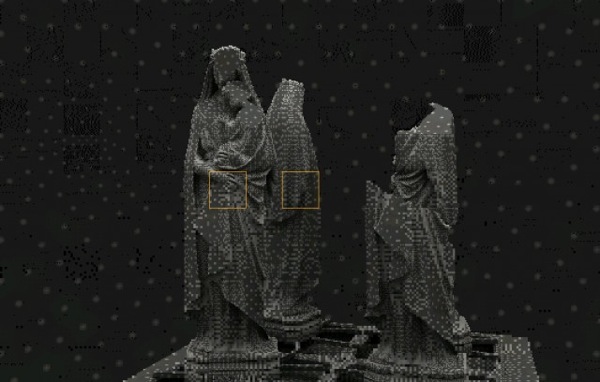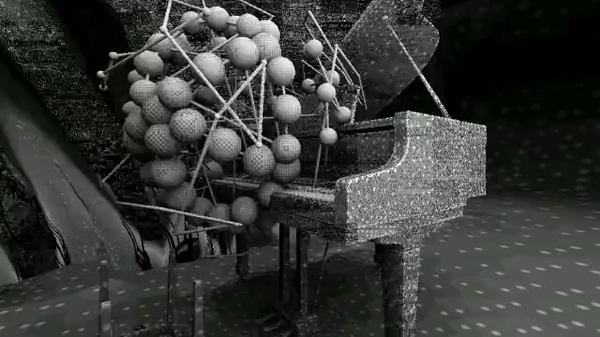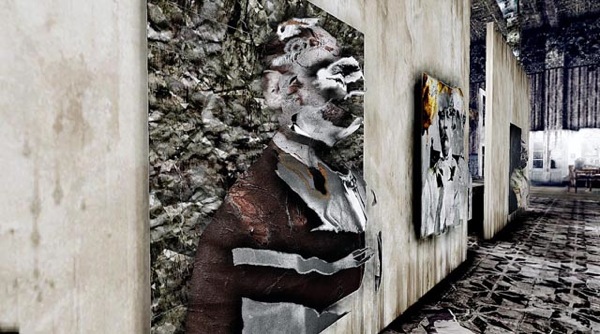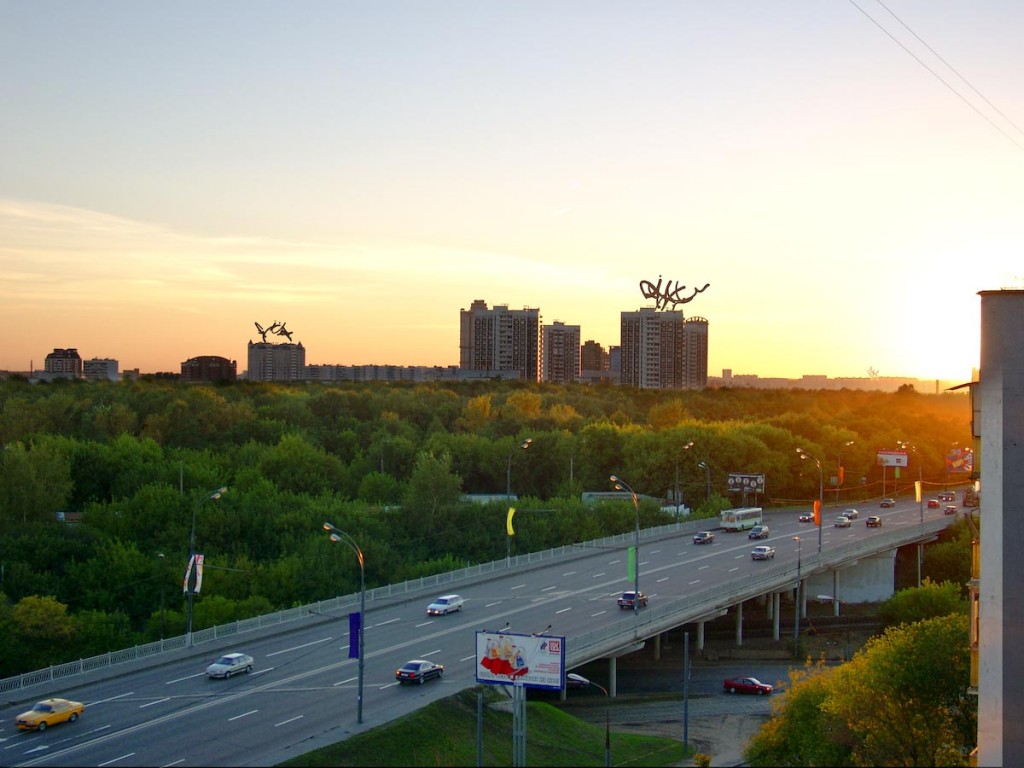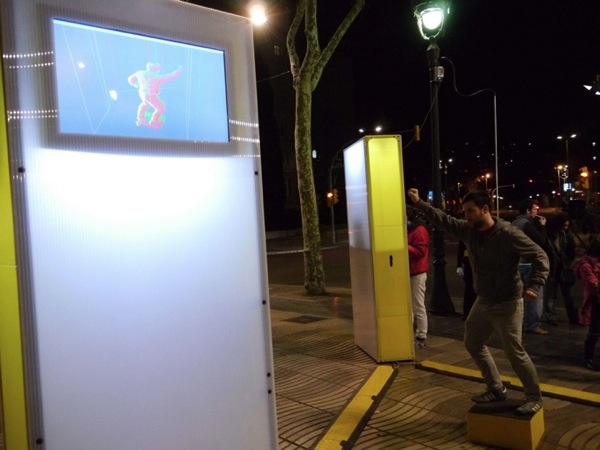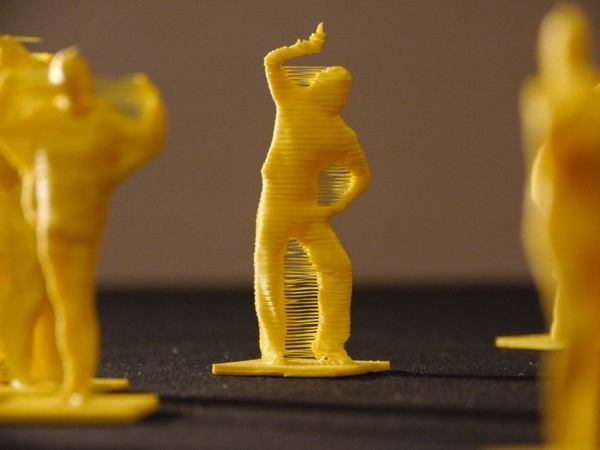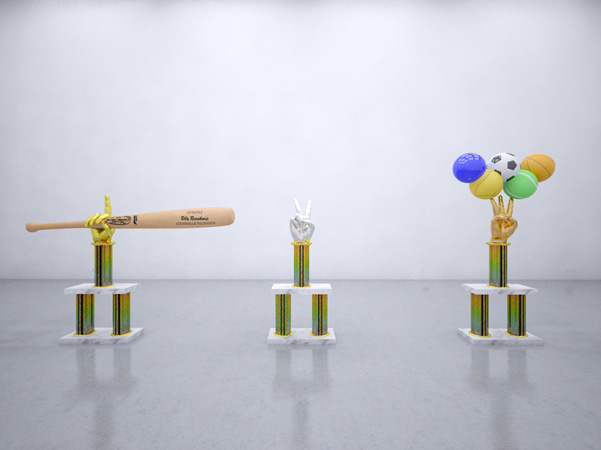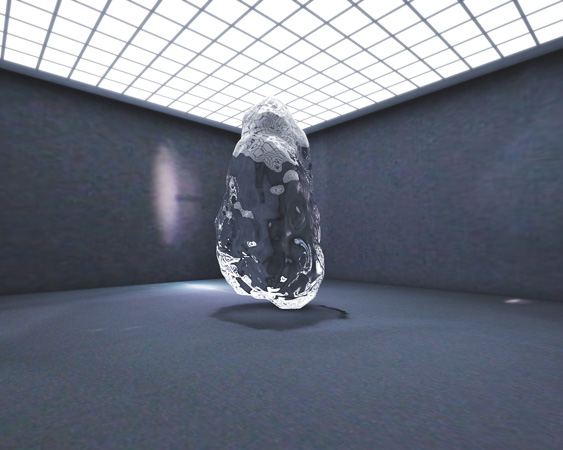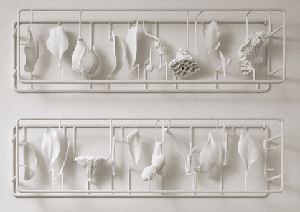A programmer named Mahu recreated the layout of the Library of Babel, as described by Jorge Luis Borges as an infinite home for every possible book, in the virtual reality platform VRChat.
“The Library does things that are only possible in virtual reality,” explains Mahu. “It contradicts the laws of euclidean coordinate systems, allowing you to seamlessly traverse what I call fractal space. So in a way my take on the library is perhaps more infinite than Borges’ had imagined.”
I wonder if anyone else gets the same feeling here. Staring into infinity. pic.twitter.com/6NUbXDqKPS
— mahu (@mahuvrc) October 19, 2023
